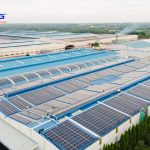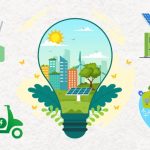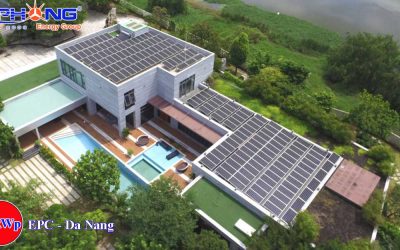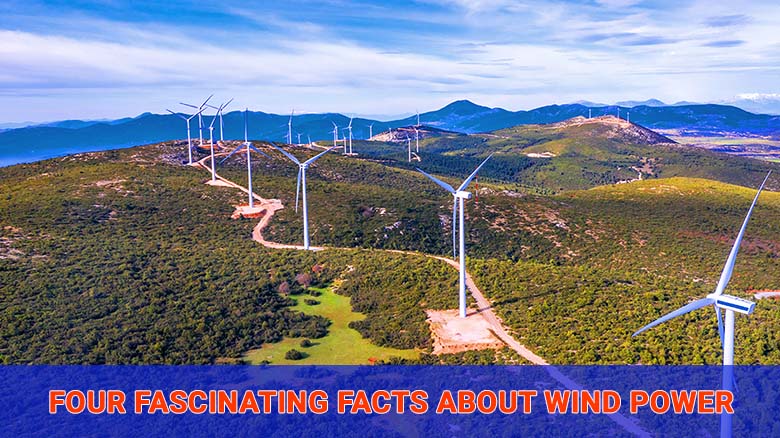
Humans have used wind energy for transportation and manufacturing for hundreds of years. With a total capacity of 743 GW by the end of 2020, wind power has established itself as one of the most significant energy sources in the global energy system. However, many fascinating facts regarding this clean, green energy that you may not be aware of.
Wind energy electricity and the first turbine in wind power history
Wind energy is one of the oldest methods of obtaining energy from the natural environment, dating back to wind power to propel sailing ships. After the discovery of electricity and generators, the concept of utilizing wind energy to generate power emerged.
In 1887, a Scotsman called James Blyth built the first wind power generation system, complete with a solid vertical shaft 10 meters high and four propellers, providing electricity for his residence during his vacation.
Charles Francis Brush, an American engineer, and inventor developed a large windmill that generated energy to power his house in Cleveland, Ohio, in 1888. It has a power output of 12 kW. Windmills that generate energy became known as “wind turbines” after this.
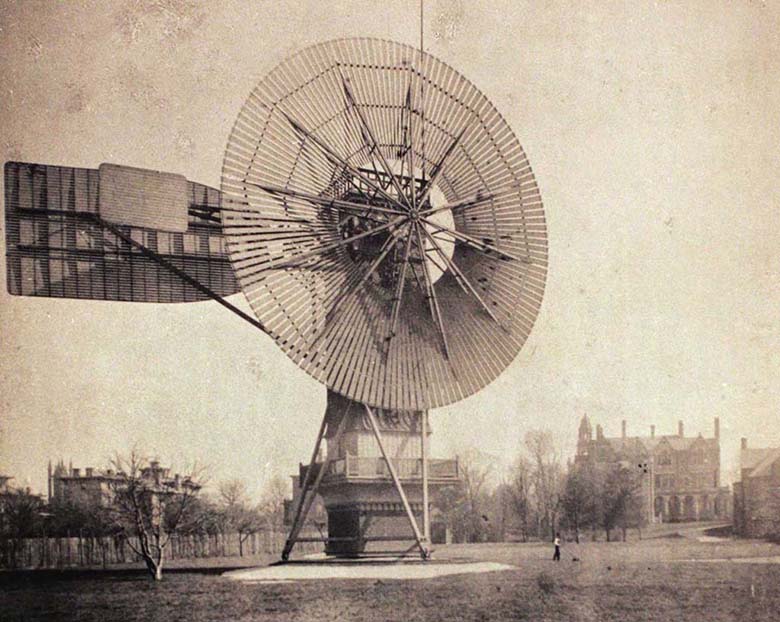 Windmills, which were created in 1888 by Charles Francis Brush, are used to generate energy (Internet photo)
Windmills, which were created in 1888 by Charles Francis Brush, are used to generate energy (Internet photo)
Wind turbines first appeared in Europe in the twentieth century and subsequently expanded around the world. Wind power has now proved itself as a significant energy source in the global energy framework. The entire global wind power capacity was 743 GW at the end of 2020.
Three-bladed, two-bladed, multi-bladed, and… turbine with no blades
Wind turbines are now classified into two types: vertical axis wind turbines and horizontal axis wind turbines. Horizontal axis wind turbines with three blades are extensively utilized nowadays and have become the first imagery associated with wind power. However, wind turbines are pretty variable in structure, with several variations; the number and form of propellers also vary by model.
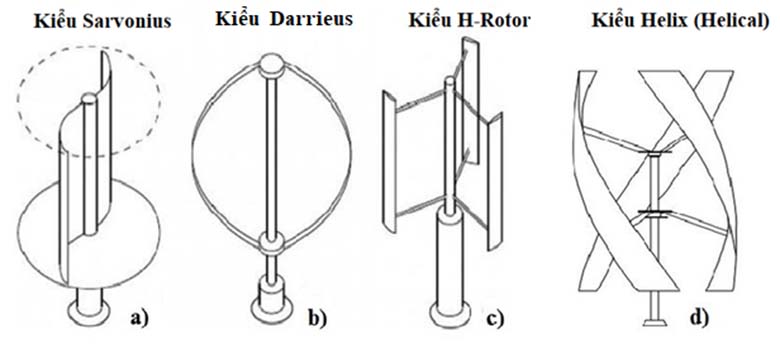 Vertical axis wind turbines of various types (Internet photo)
Vertical axis wind turbines of various types (Internet photo)
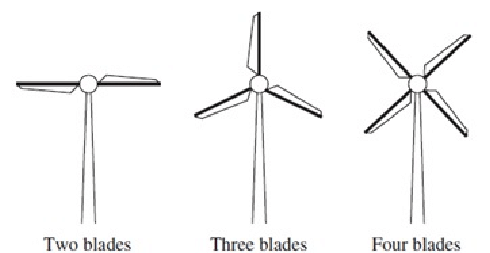 Horizontal axis wind turbines of various types (Internet photo)
Horizontal axis wind turbines of various types (Internet photo)
Not just wind turbines with two, three, or four blades, but also numerous propellers… Researchers also construct wind turbines with… 0 propellers (and only one tower) to generate electricity. Instead of using the wind to rotate the blades as other turbines do, this form of turbine generates energy by the motion and friction caused by the air impacting the pole.
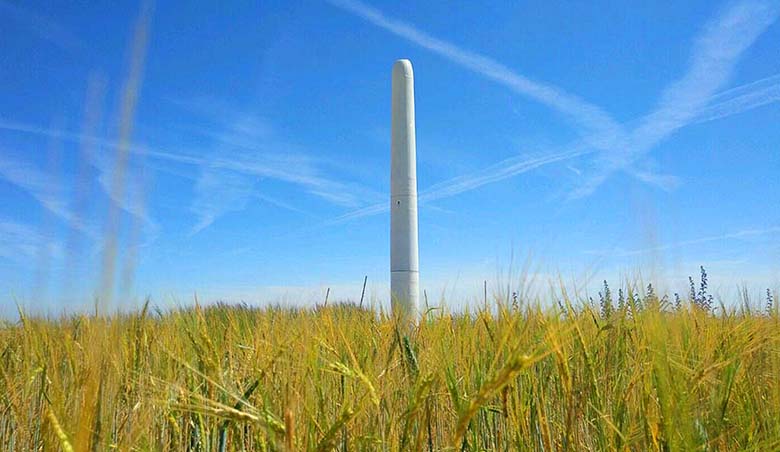 Wind turbines without blades (Internet photo)
Wind turbines without blades (Internet photo)
The world’s most enormous wind turbine capacity
Initially, each wind power tower had a 50-100 kW capacity, which was expanded to 300-500 kW in the 1990s, and subsequently to 1.5-3.5 MW in the early twenty-first century. Many installed wind turbines currently have a capacity of 9.5-10 MW.
The Haliade-X turbine is the world’s most giant-capacity wind turbine. According to the original design, the Haliade-X turbine has a capacity of 12 MW, and each revolution of the propeller may create enough electricity to power a family for two days. Following that, Haliade-X was upgraded to 13 MW and 14 MW capacities for use in the world’s most enormous offshore wind generating project, Dogger Bank (turbine capacity was upgraded to 13 MW in phase 1 – 2 and 3. will increase to 14 MW in phase 3 of this project).
Video Introducing Haliade-X (Source: GE Renewable Energy)
There are about 57,000 patent papers.
According to research by the Industrial Property Information Center, the time from January 1, 2006, to the date of the search for searches based on the WIPO’s international patent classification (IPC) is 13 years. In the worldwide wind energy industry, as of April 2020, there were 56,879 patent papers discovered, with 39.2 percent awarded patents. General Electric (GE), Vestas Wind Systems, and State Grid Corporation of China are the top three patent holders. General Electric has 1,104 patent categories, Vestas Wind Systems has 592 patent categories, and State Grid Corporation of China has 590. Vietnam has 77 wind energy patent applications. As can be seen, China, the United States, and the European Union are the top nations and regions in wind energy technology, with the most patent applications in this sector.
Here are four fascinating facts regarding wind power and wind energy. Vu Phong Energy Group will bring you many more fascinating facts about wind power plants, wind turbines, and this renewable energy source in the following postings.
Vu Phong Energy Group
Read more:
